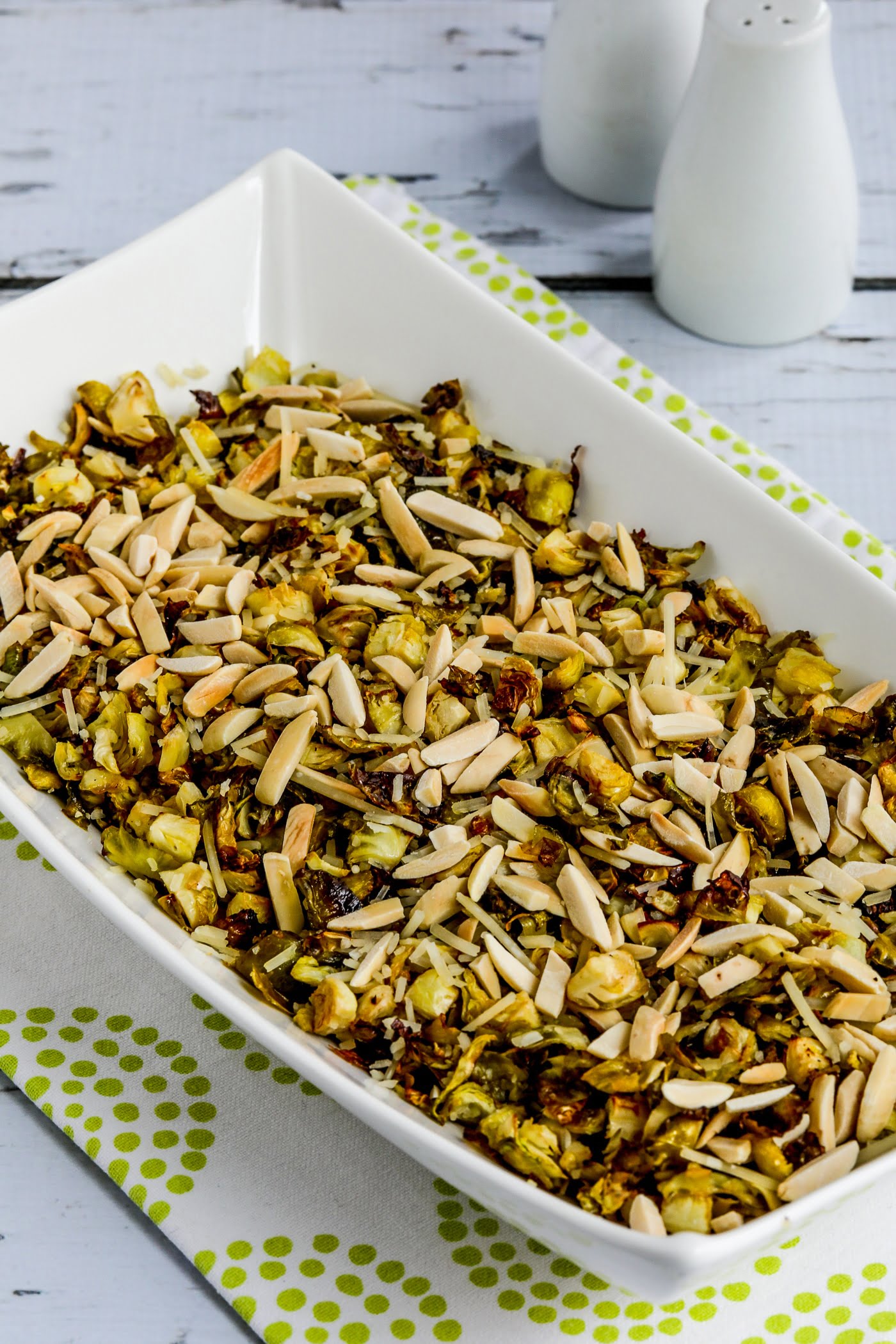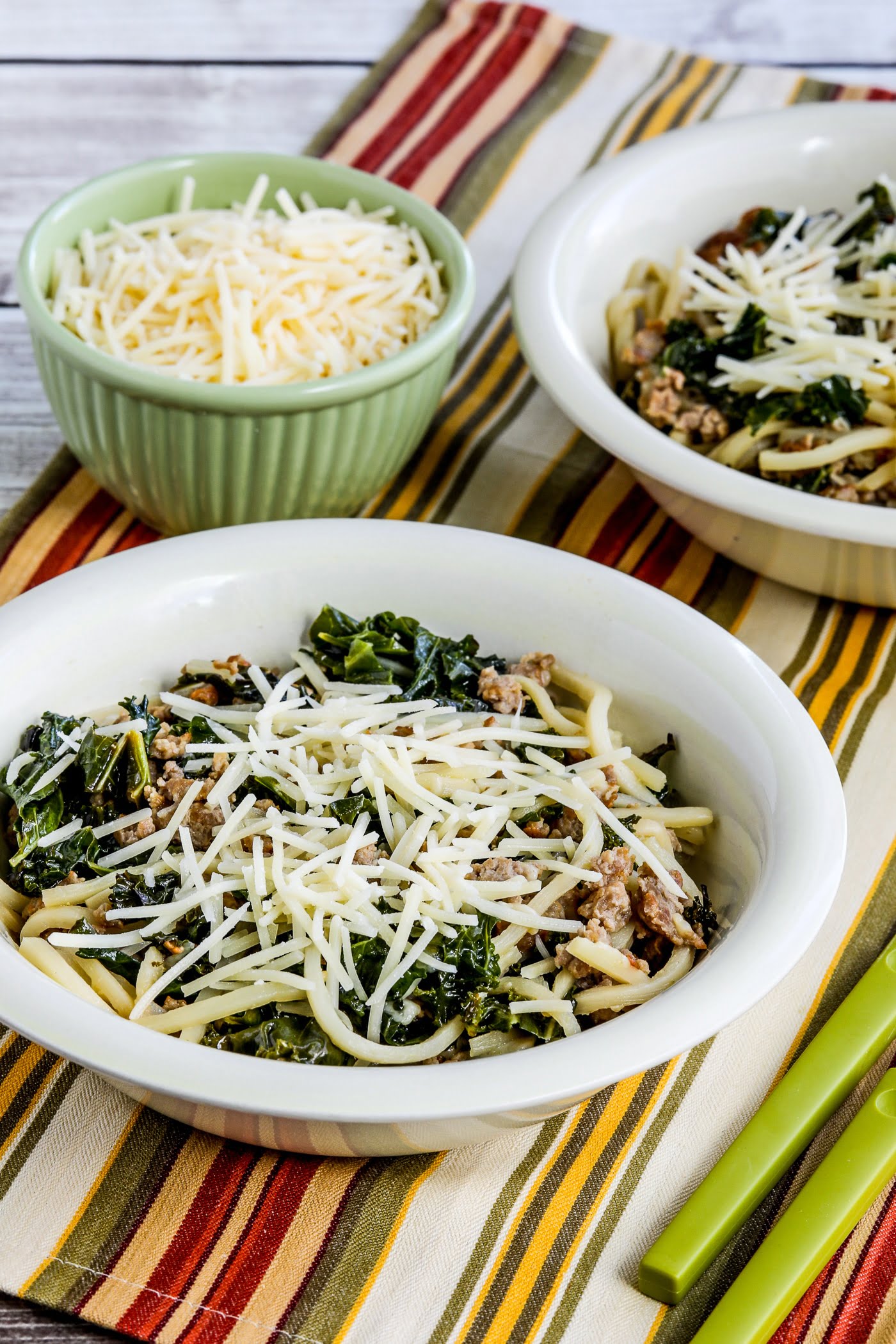Climate Change mitigation: Talking about food – Luxiders
Recent studies have linked high fat diets with higher production of certain bile acids, that lead to colorectal cancer. “30 types of bile acids float around in the human gut, to help digest food and absorb cholesterol, fats, and fat soluble nutrients.” Michael Downes, a senior scientist at Salk Institute, believes, “Maintaining a balance of bile acids is key to reducing cancer growth.”
Balance to most of us usually means a little bit of everything, or everything in moderation but myths like these, are sometimes just as harmful to us as the exact behaviour they are aimed at inspiring us to avoid. For optimal health the human body requires the right ratios of Macro, and micro nutrients based on an individual’s bodily needs, wether that’s healing from an injury, recovering from an illness, or training for athletic adventures.
Michael Downes, a senior scientist at Salk Institute, believes, “Maintaining a balance of bile acids is key to reducing cancer growth.”
Eating in moderation may not ensure we’re getting enough of a nutrient we need more of, and may well mean we’re consuming too much of a nutrient we need only trace amounts of. Authors of a Harvard Heart Letter, published by Harvard Health publishing, posit that “Our Paleolithic hunter-gatherer ancestors took in about 11,000 milligrams (mg) of potassium a day from fruits, vegetables, leaves, flowers, roots, and other plant sources, and well under 700 mg of sodium. That’s a sodium-to-potassium ratio of 1 to 16. Today, we get more sodium (3,400 mg) than potassium (2,500 mg), for a ratio of 1.36 to 1.” According to Dr. Eric Berg DC, author of the book, The New Body Type, a healthy potassium to sodium ratio is 4:1.
In a study published in 2011 in the Archives of Internal Medicine, it was observed that participants with high sodium-potassium ratios were more likely to develop cardiovascular diseases that resulted in pre-mature deaths. Optimal health, requires not just absorbing large amounts of one nutrient while ignoring others, it’s about eating a precise amount of all the required nutrients in the ideal ratio to one another, so as to help the human body remain in a state of equilibrium, and inhospitable to disease.
Like in an eco-system, a body’s needs change depending on how the system has been disrupted, and how long the disruption has lasted. High quantities of sugar, hormones, bacteria or toxins, cause disturbance in animal bodies, while an eco-system can be disrupted by an imbalanced ratio of green house gases that cause phenomenon like acid rain, forest fires, melting of polar ice caps, floods etc. the scale and length of a disruption dictates the kinds of measures needed to restore homeostasis. In both cases, the longer one waits, the more drastic, and painful the course of action needed to restore balance.
This article was originally published by luxiders.com. Read the original article here.




